Ford Kuga vs Aston Martin DBX – Which model is better for everyday use?
Two cars, one duel: Ford Kuga meets Aston Martin DBX.
Which one wins in performance, efficiency and value for money? Find out now!
Costs and Efficiency: When it comes to price and running costs, the biggest differences usually appear. This is often where you see which car fits your budget better in the long run.
Ford Kuga has a significantly advantage in terms of price – it starts at 34200 £, while the Aston Martin DBX costs 204400 £. That’s a price difference of around 170186 £.
Fuel consumption also shows a difference: Ford Kuga manages with 2.80 L and is therefore significantly more efficient than the Aston Martin DBX with 14.20 L. The difference is about 11.40 L per 100 km.
Engine and Performance: Power, torque and acceleration are the classic benchmarks for car enthusiasts – and here, some clear differences start to show.
When it comes to engine power, the Aston Martin DBX has a decisively edge – offering 707 HP compared to 243 HP. That’s roughly 464 HP more horsepower.
In acceleration from 0 to 100 km/h, the Aston Martin DBX is clearly quicker – completing the sprint in 3.30 s, while the Ford Kuga takes 7.30 s. That’s about 4 s faster.
In terms of top speed, the Aston Martin DBX performs distinct better – reaching 310 km/h, while the Ford Kuga tops out at 200 km/h. The difference is around 110 km/h.
There’s also a difference in torque: Aston Martin DBX pulls clearly stronger with 900 Nm compared to 240 Nm. That’s about 660 Nm difference.
Space and Everyday Use: Beyond pure performance, interior space and usability matter most in daily life. This is where you see which car is more practical and versatile.
Both vehicles offer seating for 5 people.
In curb weight, Ford Kuga is significantly lighter – 1526 kg compared to 2320 kg. The difference is around 794 kg.
In terms of boot space, the Aston Martin DBX offers slightly more room – 491 L compared to 412 L. That’s a difference of about 79 L.
In maximum load capacity, the Ford Kuga performs slight better – up to 1534 L, which is about 4 L more than the Aston Martin DBX.
When it comes to payload, Aston Martin DBX noticeable takes the win – 710 kg compared to 550 kg. That’s a difference of about 160 kg.
Who comes out on top?
Overall, the Ford Kuga shows itself to be outperforms in nearly all aspects and secures the title of DriveDuel Champion.
It convinces with the more balanced overall package and proves to be the more versatile choice for everyday use.
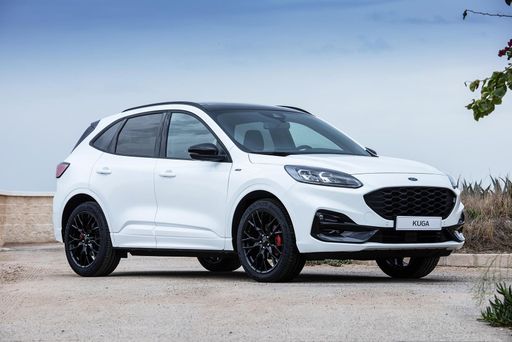
Ford Kuga
Ford Kuga
The Ford Kuga stands out in the realm of compact SUVs with its sleek design and dynamic performance capabilities. Its spacious interior is thoughtfully designed to provide comfort and practicality for both driver and passengers, making it an ideal choice for families and adventurers alike. Advanced technology and safety features further enhance the driving experience, ensuring a seamless blend of innovation and reliability on the road.
details @ kuga.fordpresskits.com
@ kuga.fordpresskits.com
 @ kuga.fordpresskits.com
@ kuga.fordpresskits.com
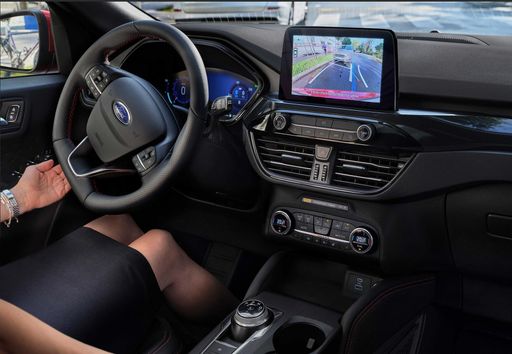 @ kuga.fordpresskits.com
@ kuga.fordpresskits.com
Aston Martin DBX
The Aston Martin DBX represents the luxury brand's bold foray into the SUV market, combining sporty aesthetics with elegant design. It offers a luxurious interior that envelops passengers in comfort and top-quality materials, delivering an exceptionally refined driving experience. This vehicle seamlessly marries Aston Martin's storied racing heritage with the practical versatility needed for everyday adventures.
details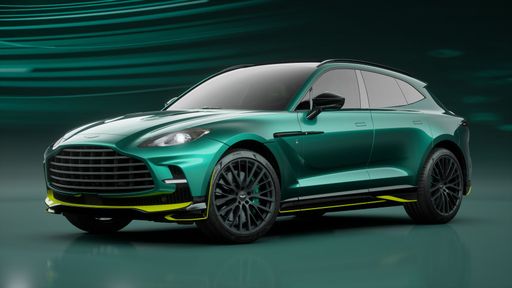 @ media.astonmartin.com
@ media.astonmartin.com
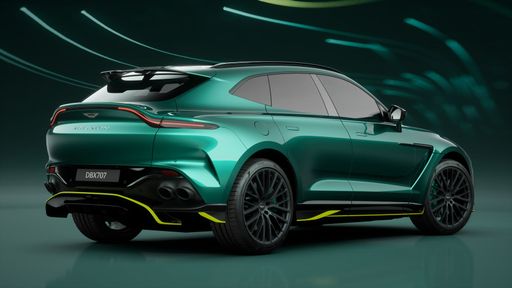 @ media.astonmartin.com
@ media.astonmartin.com
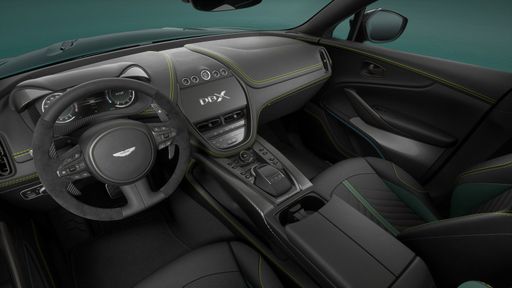 @ media.astonmartin.com
@ media.astonmartin.com
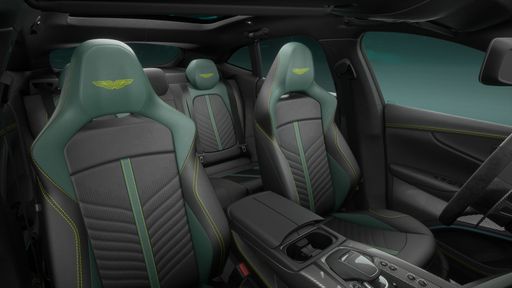 @ media.astonmartin.com
@ media.astonmartin.com

|

|
|
|
|
Costs and Consumption |
|
|---|---|
|
Price
34200 - 46300 £
|
Price
204400 £
|
|
Consumption L/100km
2.8 - 6.8 L
|
Consumption L/100km
14.20 L
|
|
Consumption kWh/100km
-
|
Consumption kWh/100km
-
|
|
Electric Range
68 km
|
Electric Range
-
|
|
Battery Capacity
1.1 - 14.4 kWh
|
Battery Capacity
-
|
|
co2
55 - 154 g/km
|
co2
323 g/km
|
|
Fuel tank capacity
42 - 54 L
|
Fuel tank capacity
87 L
|
Dimensions and Body |
|
|---|---|
|
Body Type
SUV
|
Body Type
SUV
|
|
Seats
5
|
Seats
5
|
|
Doors
5
|
Doors
5
|
|
Curb weight
1526 - 1859 kg
|
Curb weight
2320 kg
|
|
Trunk capacity
412 L
|
Trunk capacity
491 L
|
|
Length
4604 - 4645 mm
|
Length
5039 mm
|
|
Width
1882 mm
|
Width
1998 mm
|
|
Height
1673 - 1681 mm
|
Height
1680 mm
|
|
Max trunk capacity
1534 L
|
Max trunk capacity
1530 L
|
|
Payload
541 - 550 kg
|
Payload
710 kg
|
Engine and Performance |
|
|---|---|
|
Engine Type
Petrol, Full Hybrid, Plugin Hybrid
|
Engine Type
Petrol
|
|
Transmission
Manuel, Automatic
|
Transmission
Automatic
|
|
Transmission Detail
Manual Gearbox, CVT, Automatic Gearbox
|
Transmission Detail
Automatic Gearbox
|
|
Drive Type
Front-Wheel Drive, All-Wheel Drive
|
Drive Type
All-Wheel Drive
|
|
Power HP
150 - 243 HP
|
Power HP
707 HP
|
|
Acceleration 0-100km/h
7.3 - 9.9 s
|
Acceleration 0-100km/h
3.30 s
|
|
Max Speed
195 - 200 km/h
|
Max Speed
310 km/h
|
|
Torque
240 Nm
|
Torque
900 Nm
|
|
Number of Cylinders
3 - 4
|
Number of Cylinders
8
|
|
Power kW
111 - 178 kW
|
Power kW
520 kW
|
|
Engine capacity
1496 - 2488 cm3
|
Engine capacity
3982 cm3
|
General |
|
|---|---|
|
Model Year
2025
|
Model Year
2022
|
|
CO2 Efficiency Class
E, D, B
|
CO2 Efficiency Class
G
|
|
Brand
Ford
|
Brand
Aston Martin
|
What drivetrain options does the Ford Kuga have?
The Ford Kuga is available as Front-Wheel Drive or All-Wheel Drive.
The prices and data displayed are estimates based on German list prices and may vary by country. This information is not legally binding.
